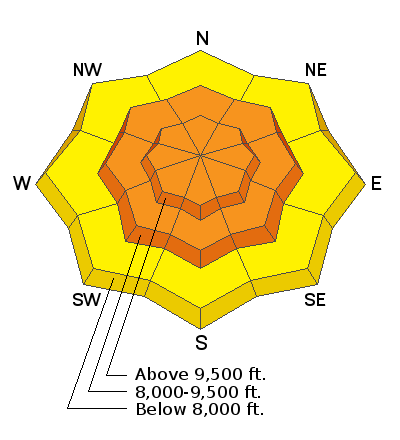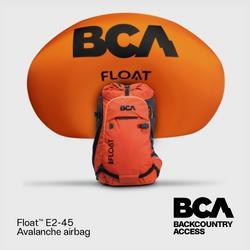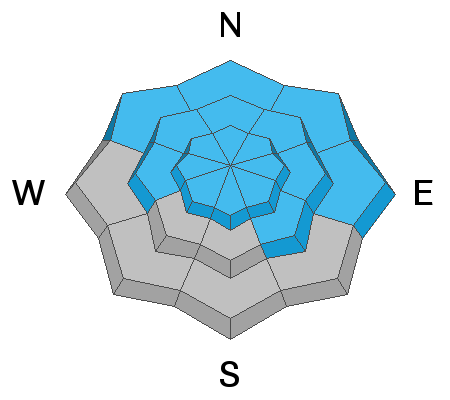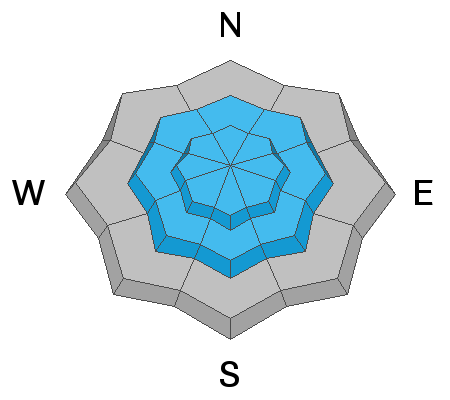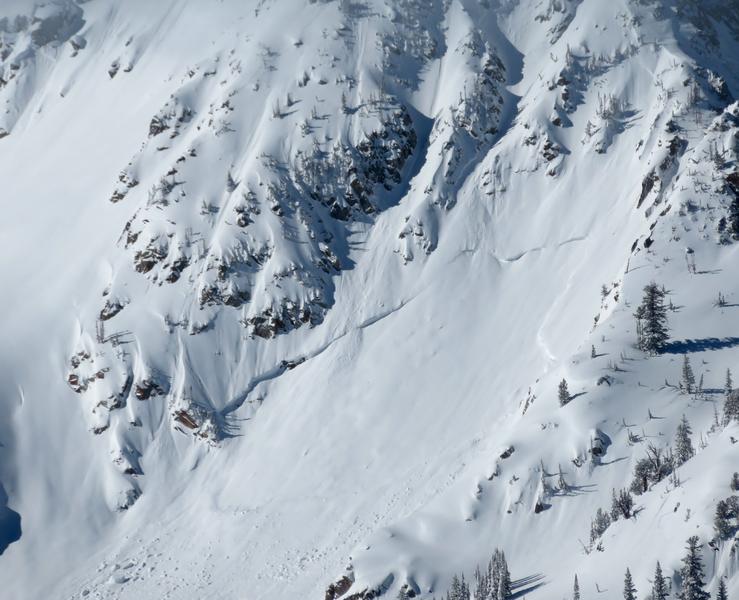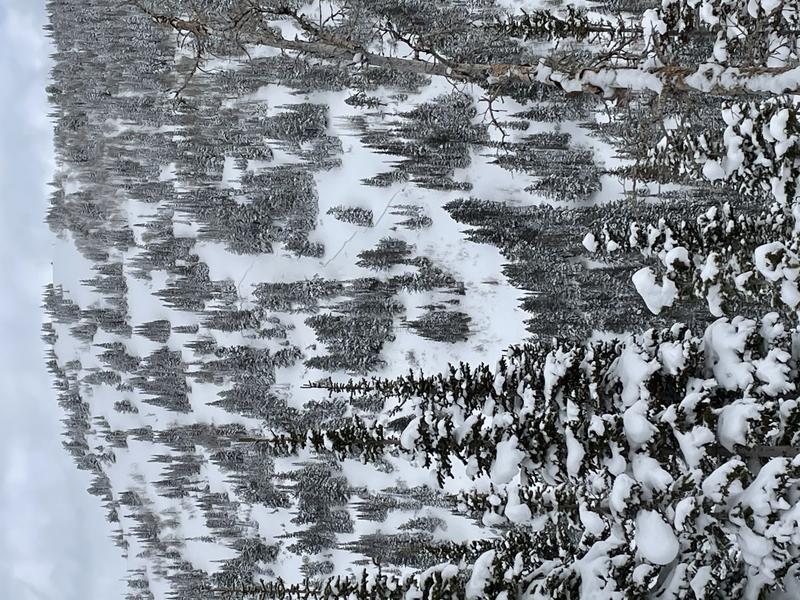On Monday, February 22, at 7 PM, the UAC will livestream a one hour review and debrief of the tragic
Wilson Glades avalanche accident, followed by a Q & A period. The link for registration is
HERE.
A good primer for this will be to listen in to yesterday's RadioWest conversation about avalanches and the incident. Stream it
here or wherever you get your favorite podcasts.
Another storm is on the doorstep. Good radar returns highlight the early morning snowfall in the Ogden mountains and the central Wasatch should start to see snowfall in the next hour or two. The more orographically favored terrain may see upwards of 4-8"+ by early evening. This will arrive on top of yesterday's couple inches and a variable early morning rime crust.
Current mountain temperatures are in the upper teens to low 20s. Winds have been from the south, blowing 35-40mph with a few 11,000' gusts into the 90s.
With the arrival of the cold front, temperatures will drop back down to the low teens enroute the single digits tonight. Northwest winds will remain gusty aloft, with hourly wind speeds averaging 20-30mph.
We get a bit of a break Sunday and Monday with the next disturbances moving through Tuesday and possibly again Thursday night. You'll get whiplash just watching the temperatures this week.
Our
Week in Review - where we highlight significant avalanche and weather events -
is available. It is worthwhile reading this summary of this very active past week.
Some approximate snow and water totals over the past 7 days:
Little Cottonwood: 5-7' (4-6.75" water)
Big Cottonwood: 2-5' (2-5" water)
PC Ridgeline: 2-3' (1-2.5" water)
Ogden area: 2-3' (1-2.5" water)
Provo area: 1-2.5' (1-2.5" water)
Wednesday and Thursday's Extreme avalanche danger literally shook the Wasatch Range. The aftermath looks like a war zone: plenty of trees snapped, new avalanche paths, some paths running farther than they have in years. I am glad we did not hear of any incidents or close calls. Next time you see an avalanche worker or plow driver in a red or orange coat, maybe give them a nod of thanks.
It is worth mentioning that we in particular and the West in general are not out of the woods yet: We've suffered 22 avalanche fatalities in 21 days in the West, the most recent in Idaho and Wyoming. Utah is up to 6 avalanche fatalities for the season.
Conditions remain dangerous in many areas.
Clear skies Thursday allowed control work to be performed by helicopter in some of the large slide paths in Big Cottonwood Canyon. Thanks to Powderbirds and UDOT for this footage of Stairs Gulch. It's about 2 minutes long, but worthy of your time!
Two days in a row of no new avalanches reported from the backcountry.

